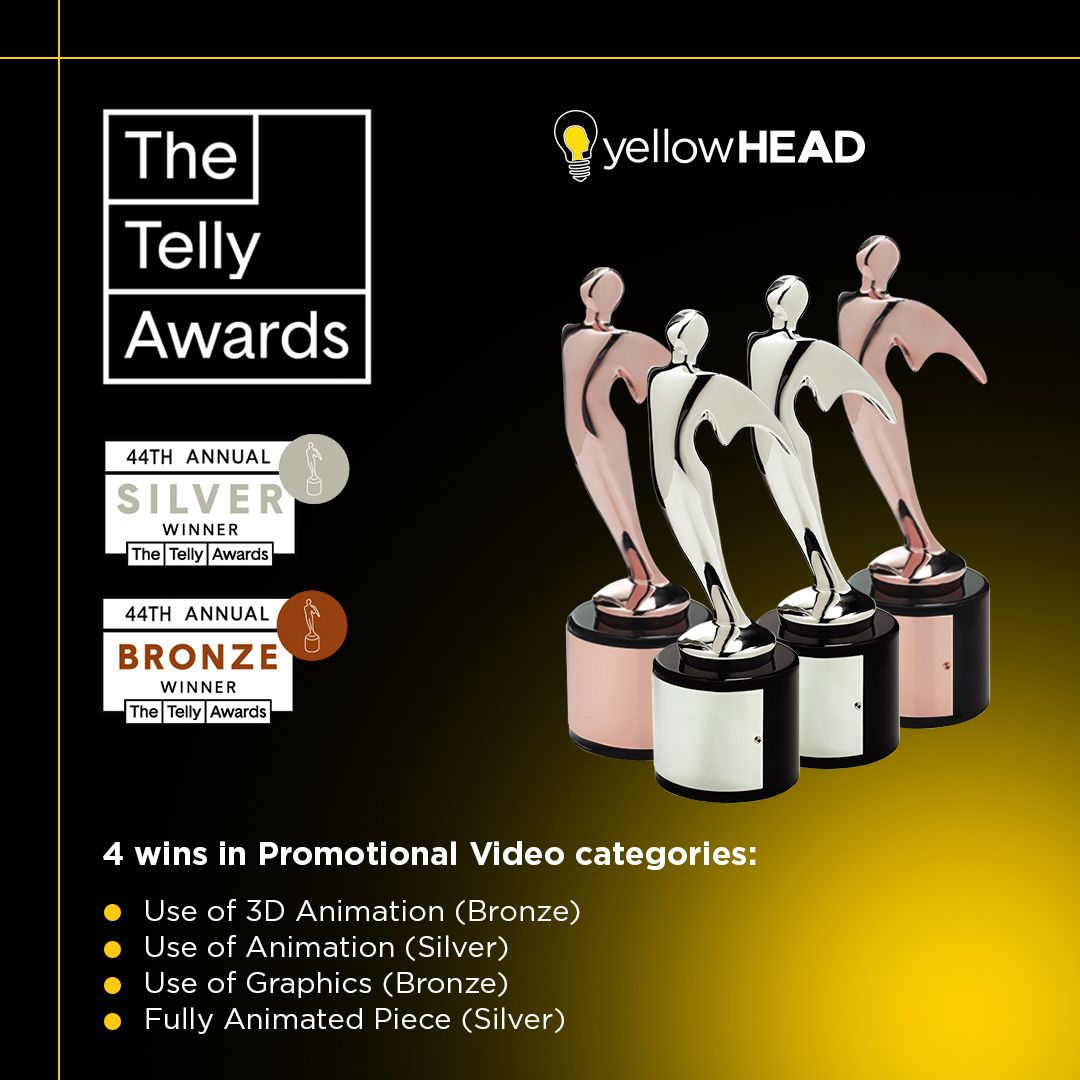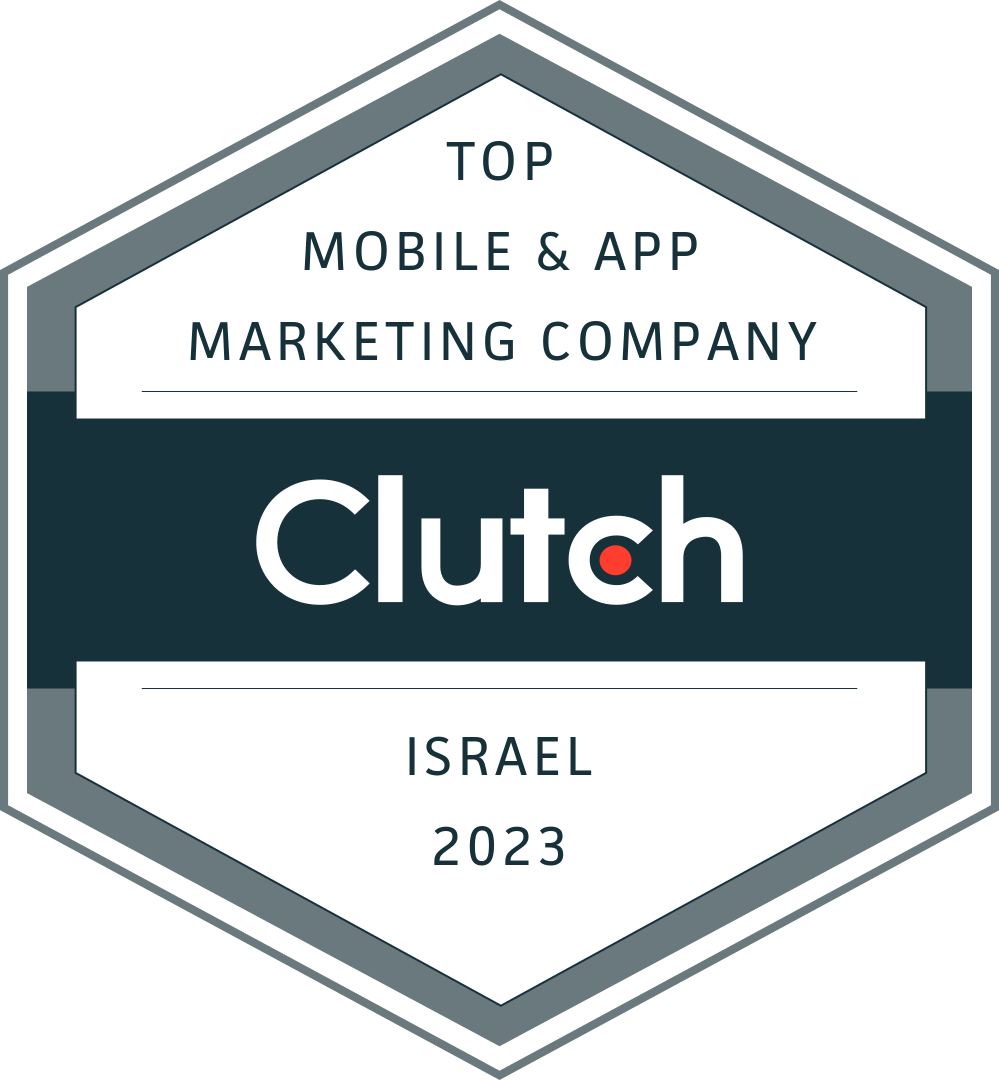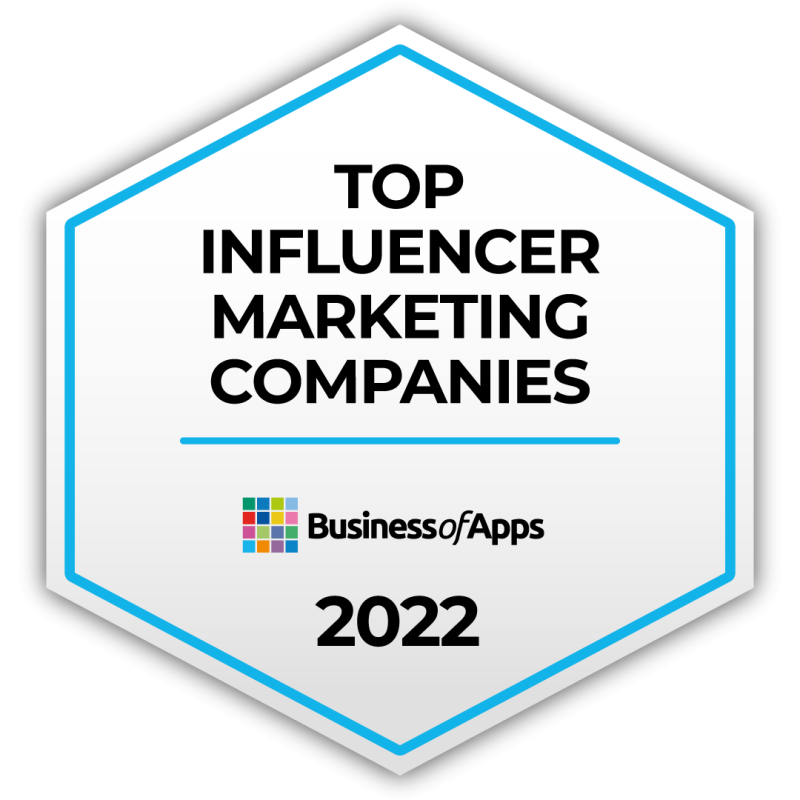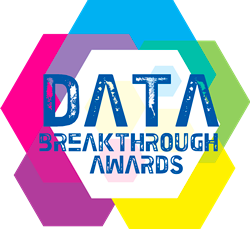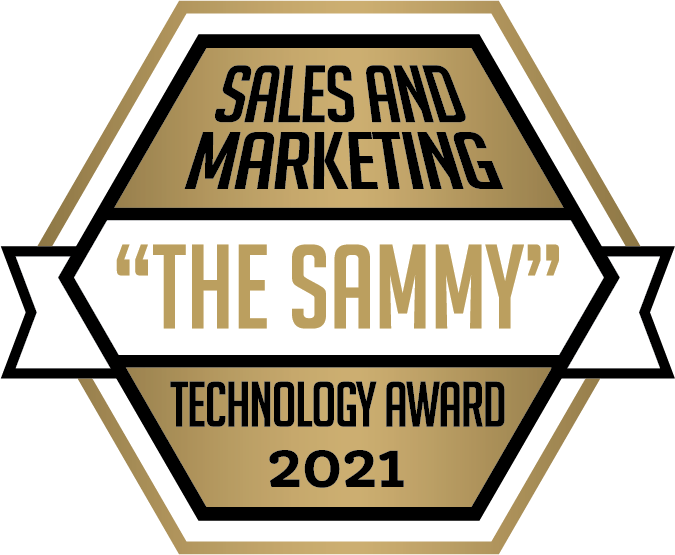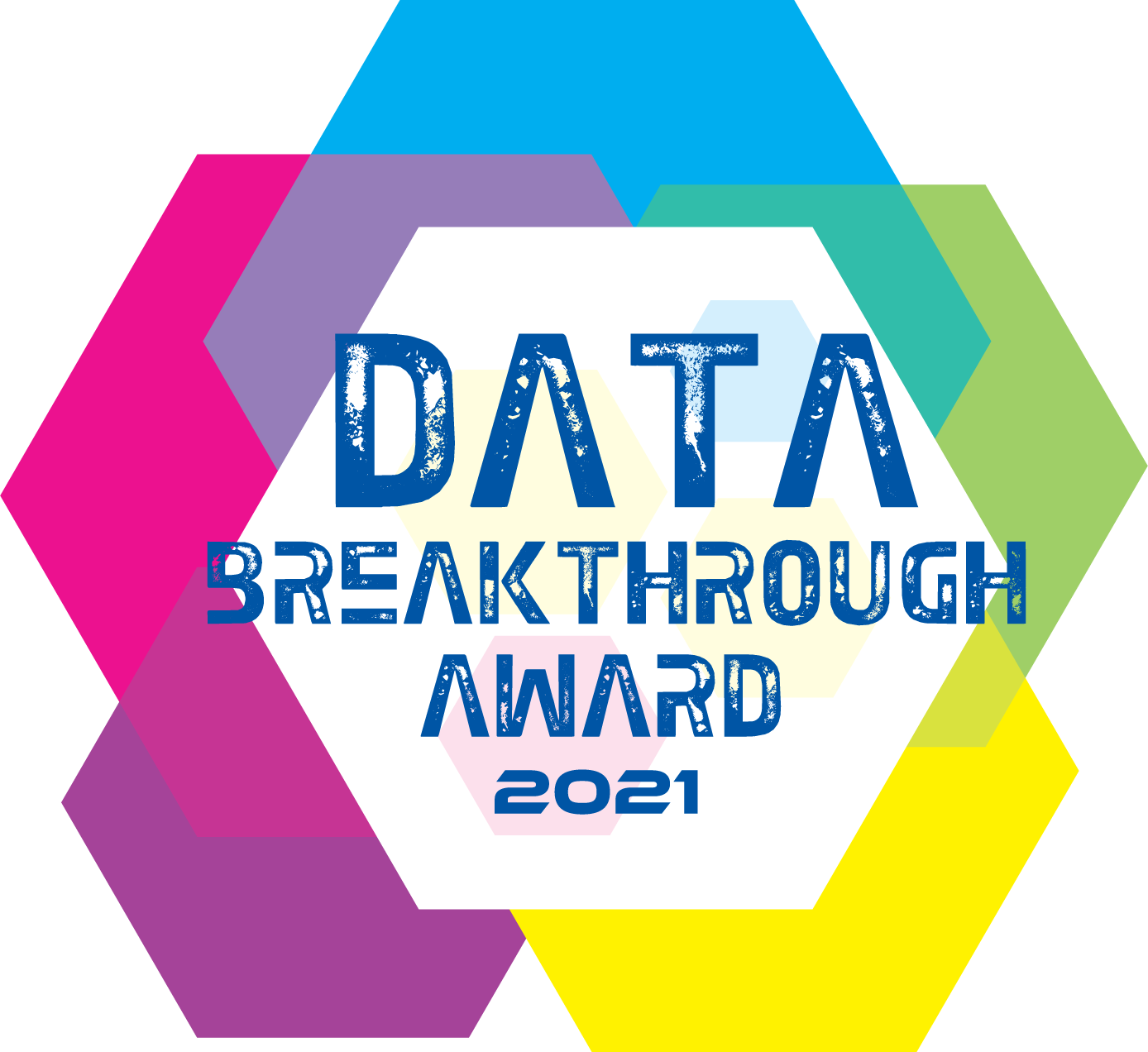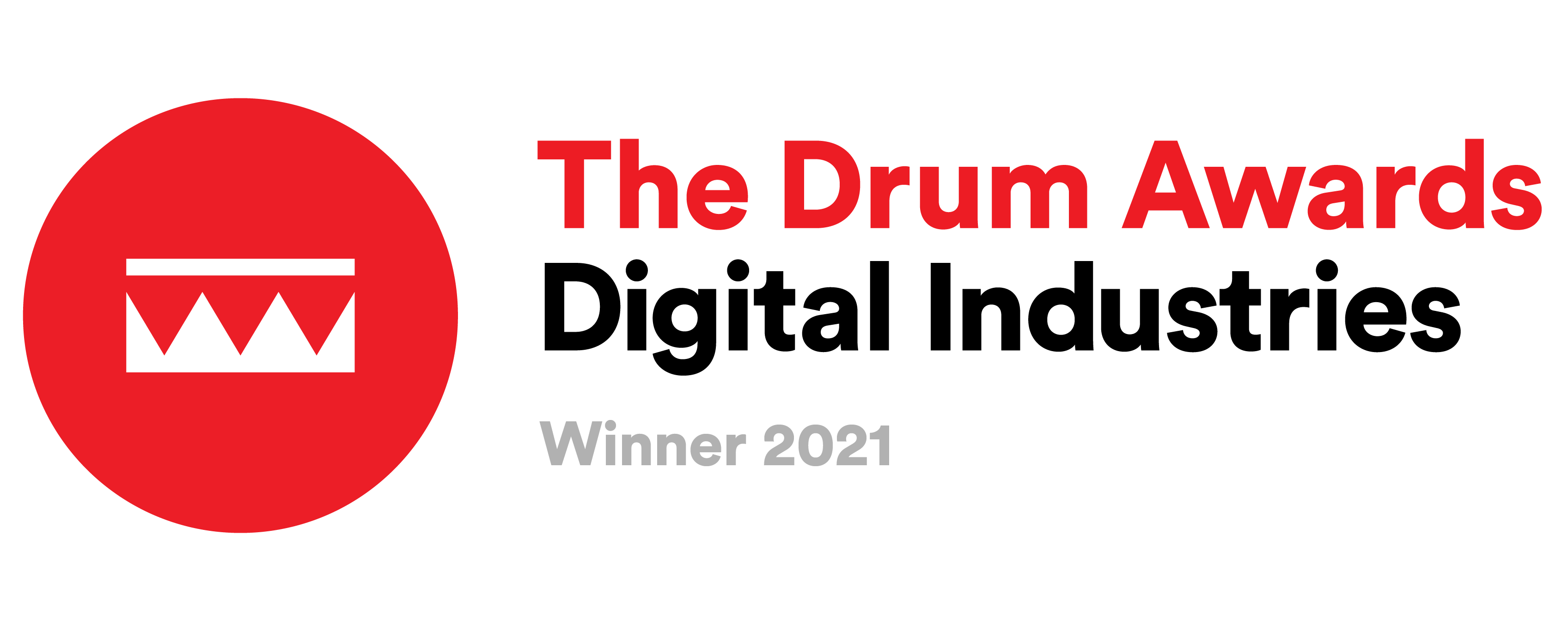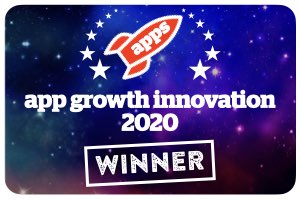Webinar Recap: How Data is Revolutionizing Game Creatives for UA
We’ve rounded up the highlights from our recent webinar with industry experts.
Data is a valuable tool in user acquisition, but it’s just the starting point; good old-fashioned human imagination is the key to high-performing ad campaigns. Technologies like yellowHEAD’s Alison machine learning platform, which breaks down creatives into distinct elements in order to analyze ad performance, allow designers to approach ad creatives not just on gut instinct, but with clear information about what works — and what doesn’t.
The marriage of data and inspiration was at the heart of the recent How Data is Revolutionizing Game Creatives for UA discussion, which featured industry veterans Noa Miller (Marketing Creative Strategist, yellowHEAD), Maria Waters (Head of Conversion Optimization, Zynga), Oliver Wapshott (Creative Strategist, Snap) and Dean Takahashi (Lead Writer, VentureBeat). User acquisition is only becoming more of a challenge as an increasing number of games and apps compete for an audience’s attention across a dizzying number of platforms.
Build Creative Around UX
Once upon a time, a single ad creative could be used across multiple apps, but according to Wapshott, today it’s important to understand a platform’s signature “grammar”. “It’s different from just taking whatever video you’re running somewhere else and cutting it down to 6 to 10 seconds,” he said. Instead, strategists must make the effort to dig into “how people use the app… how that might affect user behavior, how that might affect the context in which your ad is seen.”
With so many variables to consider — characters, colors, text, animations, music — data from a tool like Alison can prevent time and resources being wasted on ads that just don’t work. Even games that are similar at a glance, like social casino apps, can benefit from the kind of granular information Alison can provide. “In Alison, you can really dig into the data and see the different parts from game to game,” says Waters. “We need to be able to adapt quickly to industry changes. We spend a lot of time on hypotheses and creative strategy. With Alison, that feedback is almost instant, which is really helpful when we have a lot of games and we’re running a lot of creative every week. Maybe animals are working, but how are they working, what animals are working – it’s very important for us to dig into all those details to complete the picture.”
Miller expanded on that thought. “We look at the broad terms of what’s working for our creative overall, but we always zoom into each individual game to identify what’s unique about it, what its differentiators are. For example, as we learned in our recent ad creative benchmark report for social casino games, coin animations may perform well for slot games in general, but specific kinds of coin animations may fare better or worse for particular slot games.”
Balance Data With Creative Intuition
While data can help determine the right creative direction, it’s not as simple as examining the data and then assembling a “Frankenstein” ad that includes all the top-performing elements, however. Data is important, but it’s a guidepost, not a rulebook. Information pulled from Alison can help fine tune the creative’s directions, and serve as prompts for new campaigns. “If I see that a specific character performs really well, maybe I can come up with a concept using that character as the lead character. Maybe we make them the hero of the next video.”
Ultimately, the kind of data strategists analyze, and how they choose to act on it, will depend on their KPIs, but there is one rule that everyone should abide by: get your important information in there fast. “You have to grab their attention in the first three seconds to make them stick around for the next 13 or 16 seconds,” explained Miller.
Make Every Moment Count
Capturing attention early is not as insurmountable a challenge as it may sound, said Wapshott, using a film analogy to explain his point. “When people first started watching silent movies, you had a train rolling into a station and then you have a black screen, and the copy on the screen says ‘A train rolls into the station.’ These days, you go and watch Ocean’s 13 or something, and you have a hundred cuts in five seconds. Our understanding of visual grammar is really advanced. The amount of information you can get in a really short amount of time is massive. You’ve got to make the most of it. Use all of the tools in your arsenal.”
It’s equally as important to experiment and challenge legacy assumptions about what kind of creatives will work. “Try live action, try animation, try just textual,” encourages Miller. Wapshott agrees that experimentation is vital to getting the best performance from your ads, but it’s important to be smart about how you iterate. “Figure out your ‘test and learn’ agenda,” he urged. “Don’t just throw stuff at a wall. Figure out what framework you’re learning against.”
Media planning has evolved to include data, and creative design needs to do the same. The human element still matters, though. “At the end of the day, creative is creative. It’s from the heart and soul of people. It’s people who come up with the concept, the thinking, the motivation,” said Miller.
We’d like to thank our fellow panelists for joining us. Those interested can view the entire webinar recording here:







